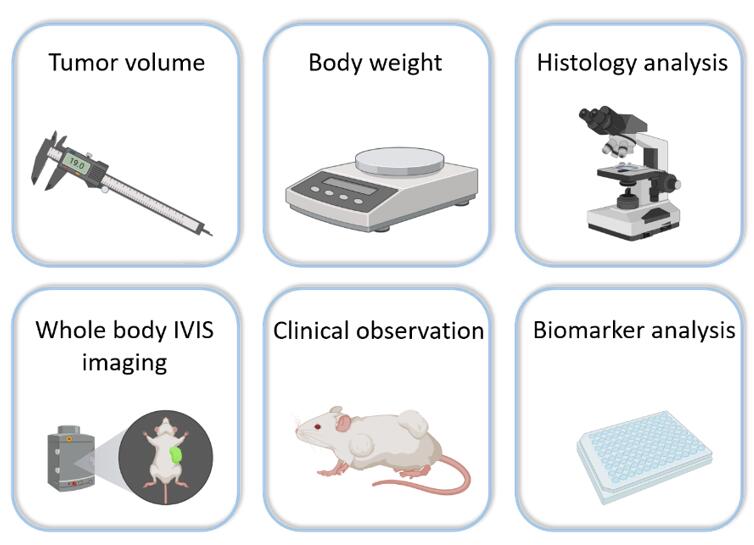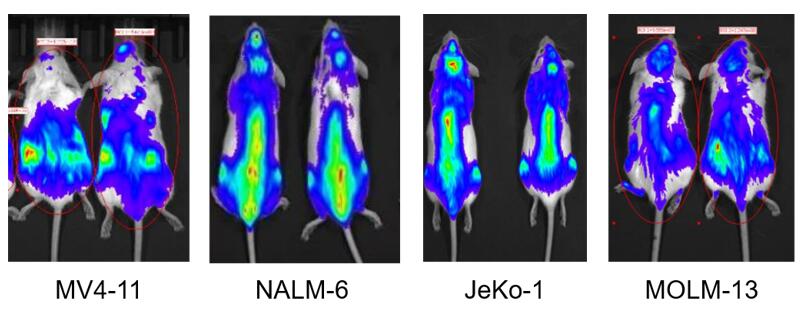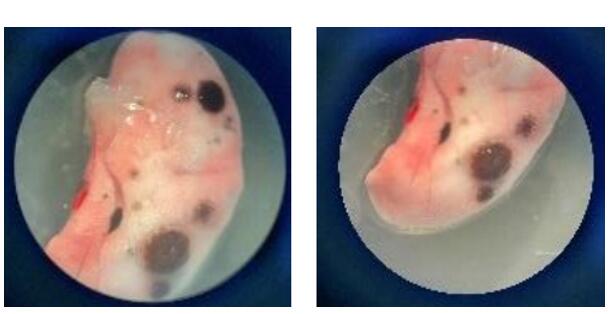- You are here: Home
- Disease Models
- Oncology Models
- Metastasis Models
Disease Models
- Oncology Models
-
Inflammation & Autoimmune Disease Models
- Rheumatoid Arthritis Models
- Glomerulonephritis Models
- Multiple Sclerosis (MS) Models
- Ocular Inflammation Models
- Sjögren's Syndrome Model
- LPS-induced Acute Lung Injury Model
- Peritonitis Models
- Passive Cutaneous Anaphylaxis Model
- Delayed-Type Hypersensitivity (DTH) Models
- Inflammatory Bowel Disease Models
- Systemic Lupus Erythematosus Animal Models
- Asthma Model
- Sepsis Model
- Psoriasis Model
- Atopic Dermatitis (AD) Model
- Scleroderma Model
- Gouty Arthritis Model
- Carrageenan-Induced Air Pouch Synovitis Model
- Carrageenan-Induced Paw Edema Model
- Experimental Autoimmune Myasthenia Gravis (EAMG) Model
-
Cardiovascular Disease Models
- Surgical Models
- Animal Models of Hypertension
- Venous Thrombosis Model
- Atherosclerosis model
- Cardiac Arrhythmia Model
- Hyperlipoidemia Model
- Doxorubicin-induced Heart Failure Model
- Isoproterenol-induced Heart Failure Model
- Arterial Thrombosis Model
- Pulmonary Arterial Hypertension (PAH) Models
- Heart Failure with Preserved Ejection Fraction (HFpEF) Model
-
Neurological Disease Models
- Alzheimer's Disease Modeling and Assays
- Seizure Models
- Parkinson's Disease Models
- Ischemic Stroke Models
- Acute Spinal Cord Injury (ASCI) Model
- Traumatic Brain Injury (TBI) Model
- Hypoxic-Ischemic Encephalopathy (HIE) Model
- Tourette Syndrome (TS) Model
- Amyotrophic Lateral Sclerosis (ALS) Model
- Huntington's Disease (HD) Model
- Intracerebral hemorrhage (ICH) Models
- Pain Models
- Metabolic Disease Models
- Liver Disease Models
- Rare Disease Models
- Respiratory Disease Models
- Digestive Disease Models
-
Urology Disease Models
- Cisplatin-induced Nephrotoxicity Model
- Unilateral Ureteral Obstruction Model
- 5/6 Nephrectomy Model
- Renal Ischemia-Reperfusion Injury (RIRI) Model
- Diabetic Nephropathy (DN) Models
- Passive Heymann Nephritis (PHN) Model
- Adenine-Induced Chronic Kidney Disease (CKD) Model
- Kidney Stone Model
- Doxorubicin-Induced Nephropathy Model
- Orthopedic Disease Models
- Ocular Disease Models
- Skin Disease Models
- Infectious Disease Models
Metastasis Models
Creative Bioarray provides a diverse array of metastasis models designed to assist our clients in thoroughly assessing the efficacy of their innovative anti-cancer drug candidates. These models are meticulously crafted to mimic the complex processes of tumor spread and invasion, enabling researchers to gain deeper insights into the mechanisms of metastasis and to evaluate the potential of their therapeutic agents to inhibit this critical aspect of cancer progression.
Metastasis models serve as invaluable platforms for investigating the biological characteristics of tumors and their ability to exploit various systems within the body to facilitate metastasis. In particular, in vivo metastasis models are crucial for evaluating the anti-metastatic effects of novel anti-cancer drug candidates. While many cancer patients can undergo surgical treatment for their primary solid tumors, a significant number ultimately succumb to cancer due to refractory recurrence and metastasis. This highlights the importance of understanding the mechanisms of metastasis. Consequently, metastatic models are an essential component of the oncology toolkit, enabling researchers to explore and develop effective therapeutic strategies to combat the spread of cancer and improve patient outcomes.
Metastasis Models in Creative Bioarray
- Available Metastasis Models
| Tumor Model | Tumor Type | Inoculation route |
| MV4-11 | Leukemia | IV |
| NALM-6 | Leukemia | IV |
| JeKo-1 | Lymphoma | IV |
| MOLM-13 | Leukemia | IV |
| B16-F10 | Melanoma | IV |
- Data Deliverables in Metastasis Models
Our metastasis models offer a comprehensive suite of endpoint screening services, tailored to the specific needs of each model.

Example Data
 Fig. 1 Cases of Creative Bioarray's tail vein injection metastatic cancer models.
Fig. 1 Cases of Creative Bioarray's tail vein injection metastatic cancer models.
 Fig. 2 Intravenous injection of B16-F10 melanoma cells into C57BL/6 mice, with lung metastases evident at the termination of the study.
Fig. 2 Intravenous injection of B16-F10 melanoma cells into C57BL/6 mice, with lung metastases evident at the termination of the study.
Quotation and Ordering
Creative Bioarray has the expertise and capabilities to offer in vivo and in vitro preclinical oncology models. These models are designed to facilitate the successful translation of potential anti-cancer drug candidates, biologics, and devices into human clinical trials. Additionally, we can customize all of our oncology models to evaluate specific endpoints of interest.
For research use only. Not for any other purpose.

